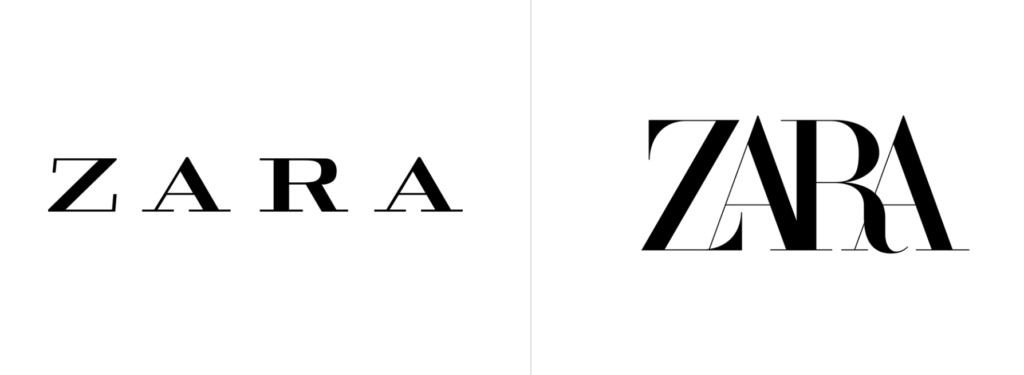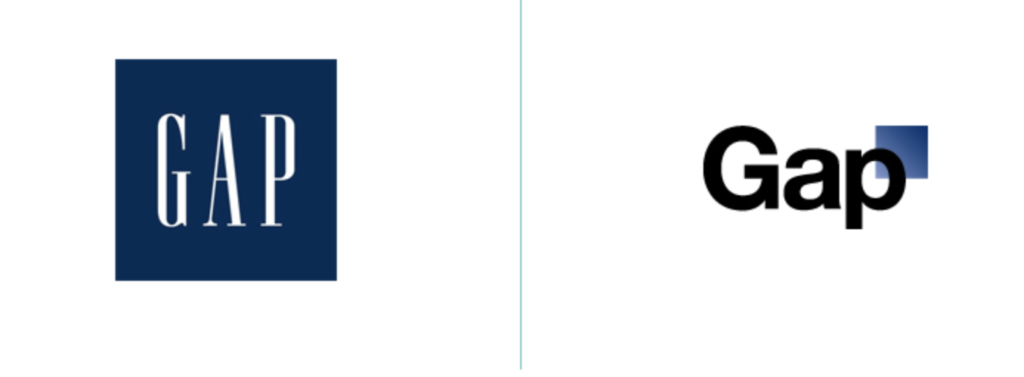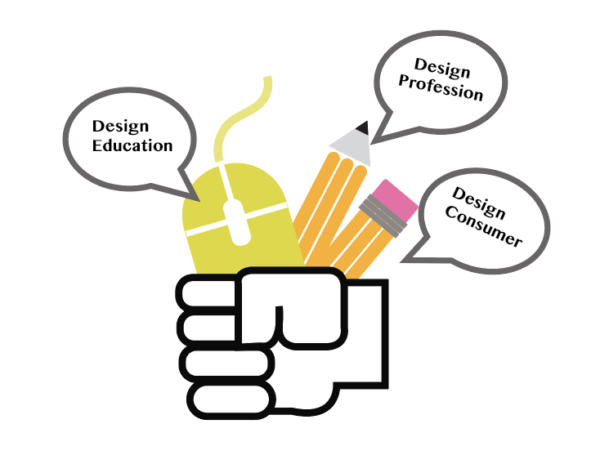Over the years technology has progressed at an exponential rate and with tech developments the way design is produced, made, taught and perceived has transformed as well. From the producer, educator and the consumer of design, we all see a move towards what is commonly referred to as the ‘DEMOCRATISATION OF DESIGN’ which has become a sort of a buzz word in the profession. From a consumer POV a lot more people have a platform to share their opinions now and with that we see an increase a rise in stakeholder base. A good example of that is the recent [relatively] ZARA rebrand by Baron &Baron. My social media was flooded with people talking about the design and what they thought of it [and have something to say about that too, but maybe next time].

In the past [2010] GAP changed their logo and got such backlash for it that they reverted back in a week, actually exactly 6 days, unbelievable, and the Gap rebrand was estimated to have cost them $100 million.

With technology, the consumer is more connected, more aware [let’s hope] and more involved. The question is, is that good or bad primarily for the designer? The designer is definitely more accountable, as the stakeholder is now beyond just the immediate client. On the flip side, sometimes too many voices can end up in chaos.
When it comes to the aspect of DEMOCRATISATION in the arena of the designer or the producer or the maker, this phenomenon has made everyone a designer. From websites that offer $10 logos to $40 websites, to thinking that being able to use a software makes one a ‘designer’ has hugely impacted the industry and in turn design education. As designers, we need to be more strategic, more process oriented and have the ability to build brands and tell stories. Clients and consumers need to be educated in regards to what we do. How we can make a difference to their brand in the long run, how design is not a short-term solution. It is equally important that we as designers don’t consider deign to be a top-down activity and more of a participatory process, we do more bottom-up innovation and become co-creators with the stake-holders and embrace multi-dimensionality as we go along.
This also changes how we as educators teach design. Education needs to respond to the changing dynamics of the field and the altered and revamped role of the designer.
What are the tools we can use in our classrooms to address this change and educate the next generation of designers?
Personally, I take support of creating interesting dialogues, encouraging every opportunity to tell a story and document process. I also want my students to be more socially aware and responsible, ‘think globally but act locally’. Also, students need to be able to not just solve problems but be able to frame problems, be more aware and have research capacity and having an entrepreneur mind-set is an added bonus [more about my vision for the department I was involved with 20 years back at some other point]. All of the above can and should happen with solid grip on fundamentals of course.

